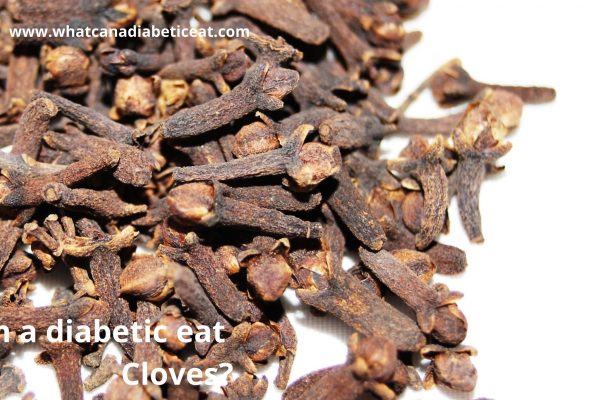Can a diabetic eat Paprika?
Yes, a diabetic can eat paprika. It is basically made from ground peppers. Paprika is a colourful and tasty spice widely used in many recipes. It comes from pods of Capsicum annum, generally found in Mexico, West Indies, South America etc. It offers a variety of beneficial compounds, including vitamin A, capsaicin, and carotenoid antioxidants.
Capsaicin in paprika can help regulate blood sugar levels. Thus, eating paprika can be beneficial for diabetics. A diabetic can use paprika as a seasoning to various dishes. Sometimes people just sprinkle paprika onto food while others heat paprika in oil when cooking. Capsaicin in paprika can have a wide range of other health benefits. These include improved eye health and regulated cholesterol levels. You can find capsaicin in peppers too. Some brands of paprika is blended with cayenne pepper during production. Paprika blended with cayenne pepper can be a bit spicy.
What are the benefits of Paprika?
Paprika offers great health benefits. The wide range of health benefits that paprika can offer are due to antioxidants, capsaicin, iron, vitamin A, vitamin B6, vitamin C etc.
- Capsaicin, that is also available in peppers offers protection against cancer, heart disease and boosts immunity. These substances may help prevent inflammation and improve your cholesterol, eye health, and blood sugar levels, among other benefits.
- It offers a variety of beneficial compounds, including vitamin A, capsaicin, and carotenoid antioxidants. These substances may help prevent inflammation and improve your cholesterol, eye health, and blood sugar levels, among other benefits.
- Paprika is popular in fighting flatulence or gas. Thus, people who suffer from gas or flatulence can try paprika is their recipes and see if it helps reduce gas problem.
- Paprika helps improve skin health. Vitamin C in paprika helps protect skin from aging and free radicals. Paprika also suppresses the production of melanin and as a result your skin appears brighter and younger.
- Paprika helps regulate blood pressure. Generally, diabetics are prone to higher risks of hypertension or high blood pressure. Diabetics can regulate blood pressure by adding paprika to their diet.
- Vitamin B6 in paprika can help improve hair health. Paprika is high in iron that can promote blood circulation to scalp and oxygen supply to hair follicles. When hair gets enough oxygen, hair growth and prevention of hair fall can be seen.
What are the side effects of Paprika?
- Some studies found that people who eat large amounts of paprika are prone to liver and kidney damage. However, this damage is not normally immediate but will take some time before one can notice any damage to kidney or liver. Hence, caution is important in terms of how much paprika one can consume.
- Sometimes, the capsaicin in paprika can irritate the internal lining or mucous membrane of your digestive tract. So, if you notice any irritation in your digestive system after eating paprika, you may want to reduce the amount of paprika you add to your food or look for alternative spices.





